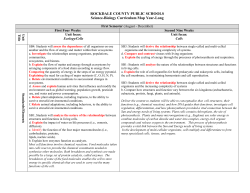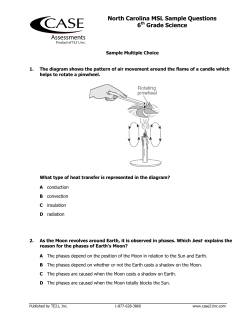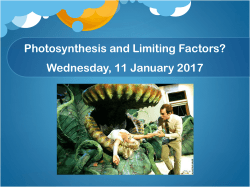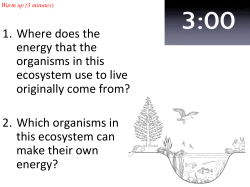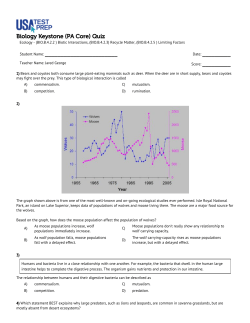
INTERDEPENDENCE of LIVING ORGANISMS 1 © Hans pfletschinger
INTERDEPENDENCE of LIVING ORGANISMS © Hans pfletschinger 1 2 The picture shows a bee visiting a sage flower It provides an example of interdependence The bee is dependent on the flower for its nectar The flower is dependent on the bee for pollination (You will need to have an understanding of respiration and photosynthesis to follow this slide show) 3 A food chain (3)....the kestrel eats the blue tit. 3 (2)....the blue tit eats the caterpillar... 2 (1) The caterpillar eats the leaf…. 1 This is an example of a food chain 4 Animals depend on plants for food The food chain Sparrow hawk Thrush Snail Cabbage 5 The sparrow hawk does not depend directly on plants but it does depend on thrushes, which eat snails, which eat cabbages. So the sparrow hawk is indirectly dependent on plants Food chains are never so simple as the ones in slides 3 and 4 Sparrow hawks do not feed exclusively on thrushes; thrushes eat worms as well as snails; snails eat many plants, not just cabbages A more accurate picture is given by a food web 6 owl fox stoat rat beetle rabbit Question What is the most likely outcome of a severe fall in the numbers of foxes? (a) Increase in rabbits, decrease in rats, increase in owls (b) Increase in rabbits,increase in stoats, increase in vegetation (c) Decrease in rabbits, increase in beetles, increase in vegetation (d) Increase in rabbits, increase in owls, decrease in vegetation. 7 All organisms depend on sunlight SUNLIGHT Photosynthesis in wheat Wheat grains Photosynthesis in grass Photosynthesis in flowering plants Cow Nectar Flour Milk Bees Bread Cheese Honey 8 9 Pyramid of numbers Owl Blue tits Caterpillars Plant leaves Example of a food pyramid The width of each band represents the number of organisms Dependence on oxygen and carbon dioxide Animals need oxygen for respiration Plants produce oxygen in photosynthesis Animals produce carbon dioxide in respiration Plants use up carbon dioxide in photosynthesis The process of decay uses up oxygen and produces carbon dioxide This interdependence is represented by the Carbon Cycle 10 11 Atmospheric carbon dioxide Production of carbon dioxide Uptake of carbon dioxide Burning of fuel: wood, coal, oil and gas. Photosynthesis in plants Respiration in all organisms Decay of organic matter Absorption by the oceans The carbon cycle 12 13 Dependence on bacteria Most bacteria are beneficial They break down dead organisms into simpler substances Soil bacteria make mineral salts available to plants Bacteria and fungi are called decomposers 14 Recycling and the role of decomposers SOIL minerals and humus DECOMPOSERS bacteria and fungi sunlight PRODUCERS green plants CONSUMERS animals 15 Decomposers • If it were not for bacterial and fungal decomposition, we would be knee deep in dead leaves after a few years 16 Conclusion The inter-relationships between all living organisms are so complex that any disturbance in the patterns of interdependence can have farreaching consequences Question 1 Which of the following might be genuine food chains? (a) zebra - lion - giraffe - leopard - antelope (b) grass - grasshopper - lizard - snake - eagle (c) aquatic vegetation - hippopotamus - tick oxpecker bird - tawny eagle (d) stickleback - pondweed - minnow - pike kingfisher Question 2 Which of these organisms might be classed as ‘producers’? (a) mosses (b) fungi (c) trees (d) earthworms Question 3 Which of these statements is most accurate? In bright sunlight a green plant will be... (a) photosynthesising only (b) respiring only (c) photosynthesising and respiring (d) taking in oxygen and giving out CO2 Question 4 Which of these increase the concentration of carbon dioxide in the atmosphere? (a) respiration (b) photosynthesis (c) combustion (d) decay ANSWER Incorrect ANSWER Correct
© Copyright 2025





